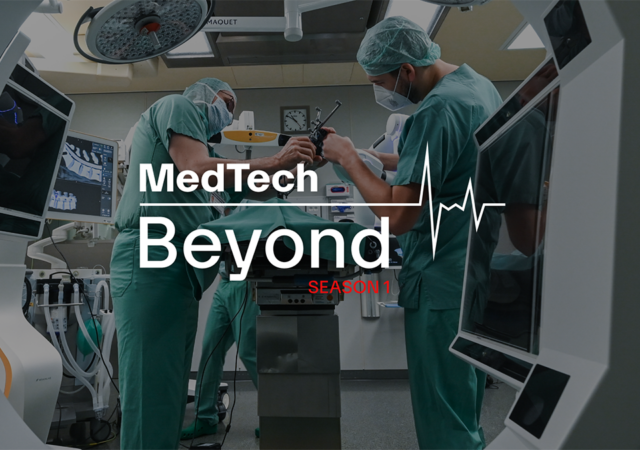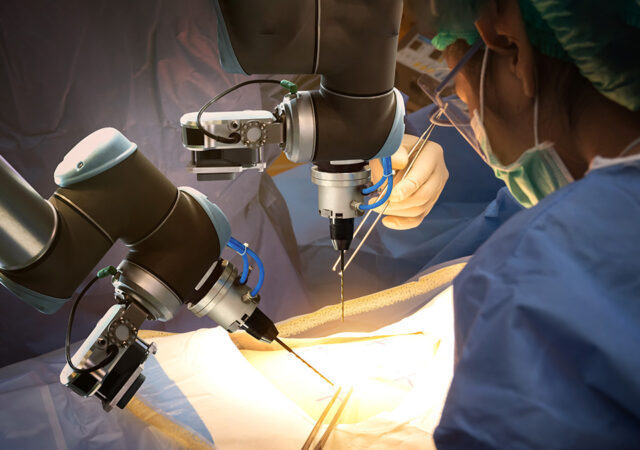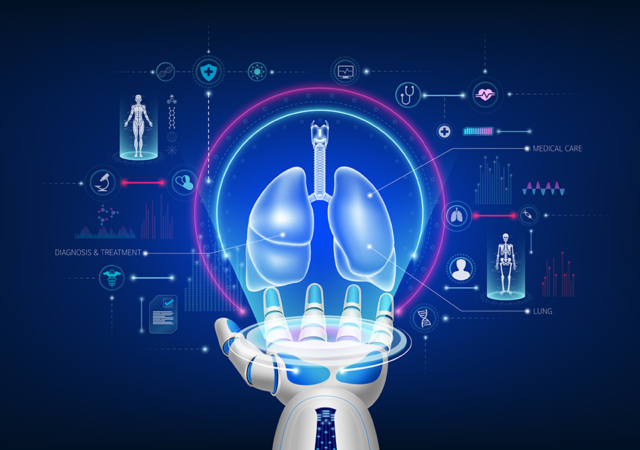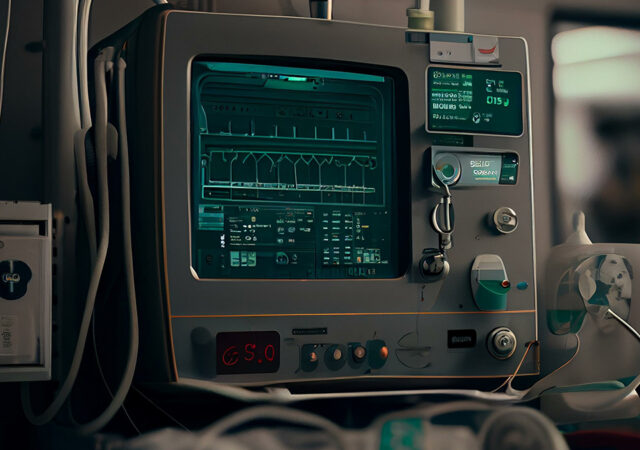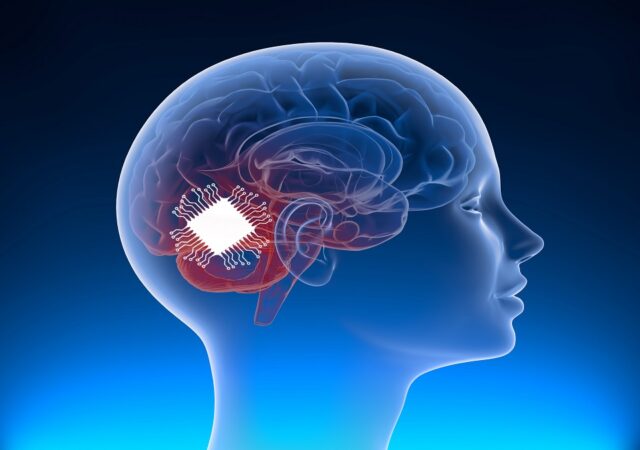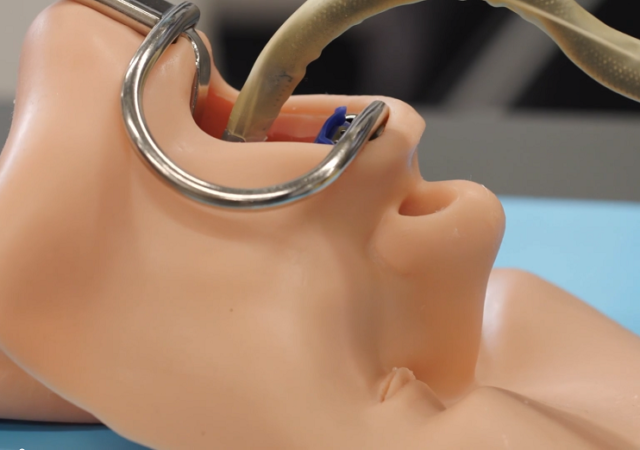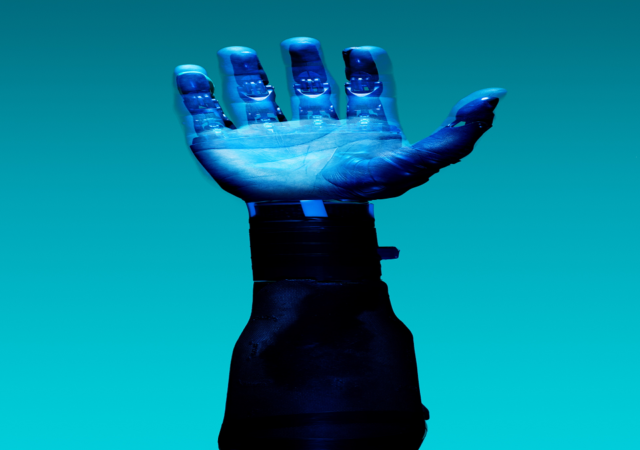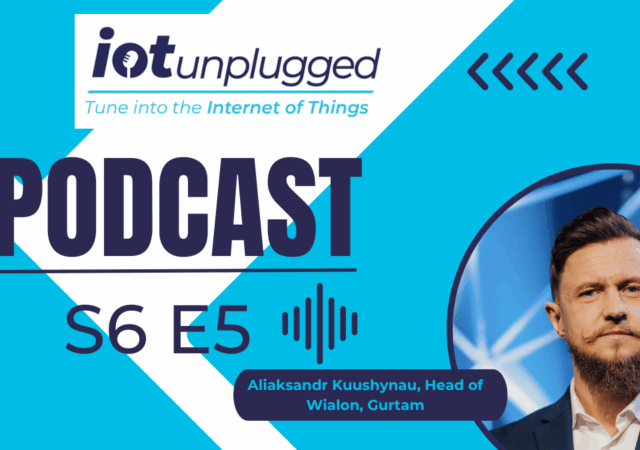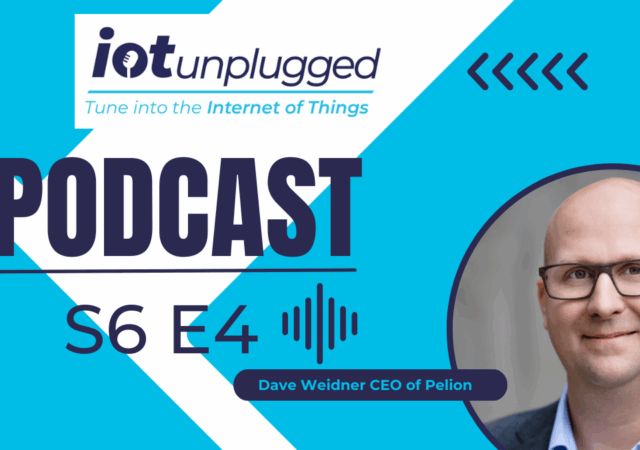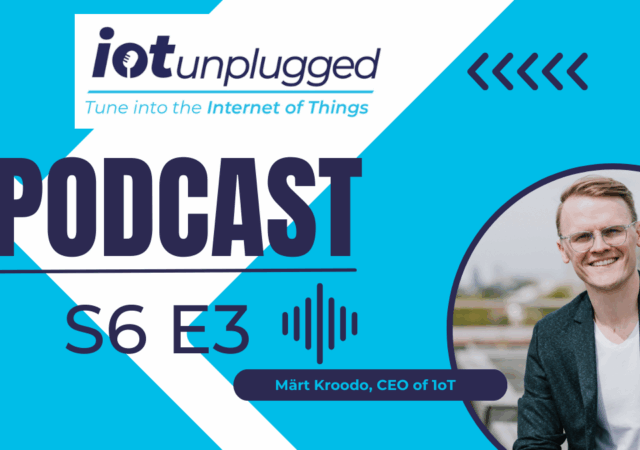The healthcare industry relies on technology more than ever. In this series, take a deep dive into how medical devices are evolving, allowing for faster and more accurate diagnosis and treatment. MedTech Beyond Season 1 explores how NXP Semiconductors and…
Healthcare
Researchers develop robot to enable surgeons to use four arms in operations
Researchers at Swiss Federal Institute of Technology Lausanne (EPFL) have developed a robotic system that allows surgeons to perform surgeries with four arms by using their feet on an interface. The results, published in The International Journal of Robotics Research,…
How IIoT technologies are shaping the future of healthcare
As a beacon of transformation, the Industrial Internet of Things (IIoT) is making waves in various sectors, with healthcare standing at the forefront of this digital revolution. With an expected market value of over $135 billion by 2025, the IIoT…
Will the Robotic Lung Biopsy industry exceed $2bn by 2033?
The robotic lung biopsy market size is projected to be worth $408.0 million in 2023. From 2023 to 2033, global robotic lung biopsy demand is forecast to rise at 9.6% CAGR. Total market valuation at the end of 2033 is…
Honeywell real-time health monitoring system
Honeywell has announced it has developed a real-time health monitoring system, which captures and records patients’ vital signs both within the hospital setting and remotely. Honeywell’s solution uses advanced sensing technology to monitor vital signs via a skin patch, which…
Neuralink brain implant company searching for partner for human trials
Neuralink has approached one of the US’ biggest neurosurgery centres to be a clinical trial partner as it gears up to test its devices on humans following a push for regulators approval. Barrow Neurological Institute, an Arizona-based neurological disease treatment…
How AI is transforming the efficiency of decentralised clinical trials
Over the past three years, there has been a significant shift towards decentralised clinical trials (DCT), propelled by the COVID-19 restrictions. New research has revealed clinical trials with components of decentralisation are estimated to rise 17% by the end of…
Remote-controlled ‘snake’ robot to assist with cancer surgery
The COBRA robot, taking inspiration from the bendiness and sensing ability of snakes, has been developed at the University of Nottingham and is now being refined for medical use. Based in the Rolls-Royce University Technology Centre (UTC) in Manufacturing and…
Researchers find greater freedom of movement with muscle-powered robots
Welcome to the world of muscle-powered robots. No, we’re not quite at the level of Arnold Schwarzenegger in Terminator, but there has been a development that brings us one step closer. Researchers led by Northwestern University and the University of…
Using digitalisation to create agile pharmaceutical production
Future-oriented manufacturing is all about flexible and responsive operations that can promptly address market demands based on data and new insights. With highly regulated manufacturing processes, can pharmaceutical production manufacturers embrace agile strategies to improve their competitiveness? The short answer…


